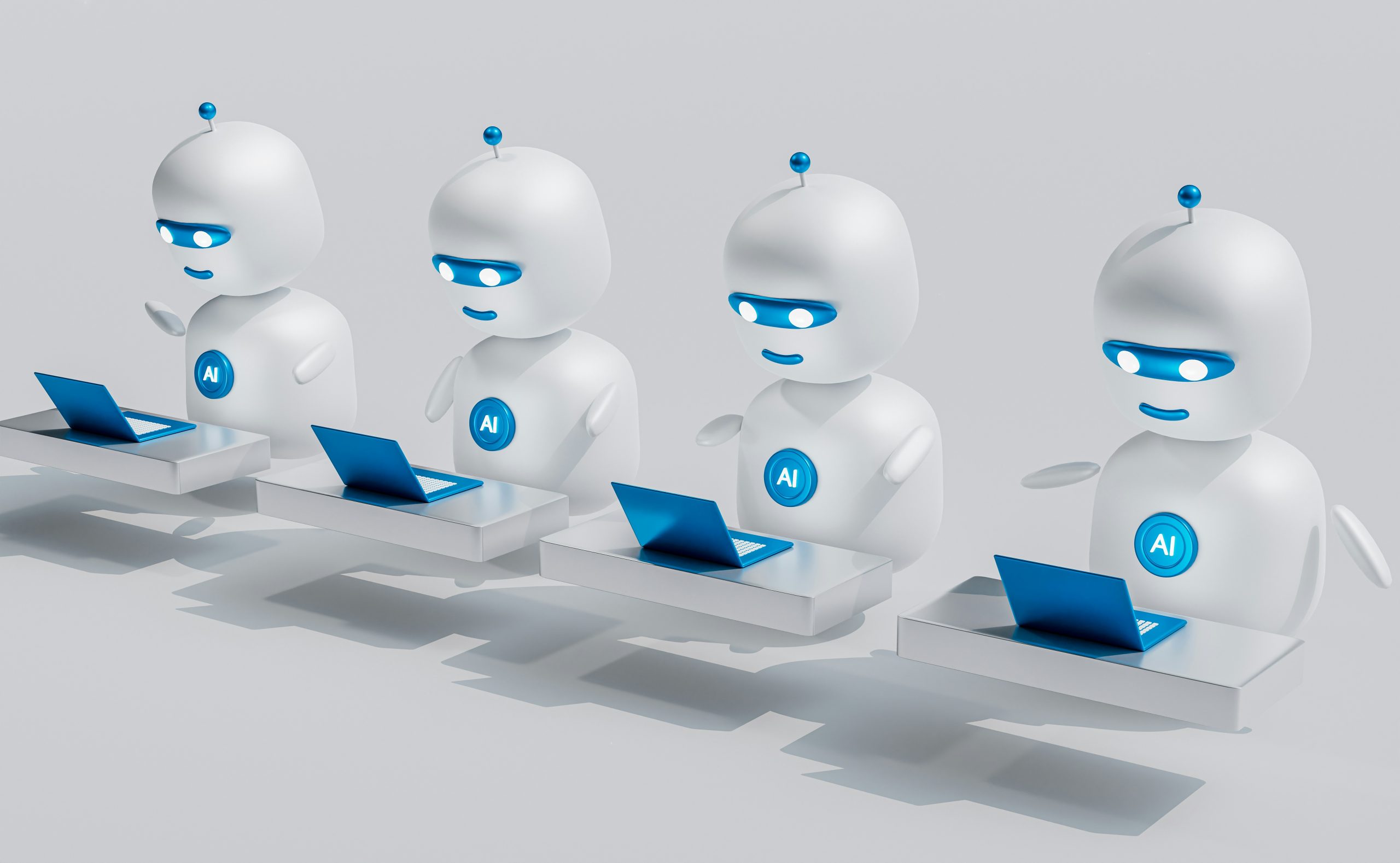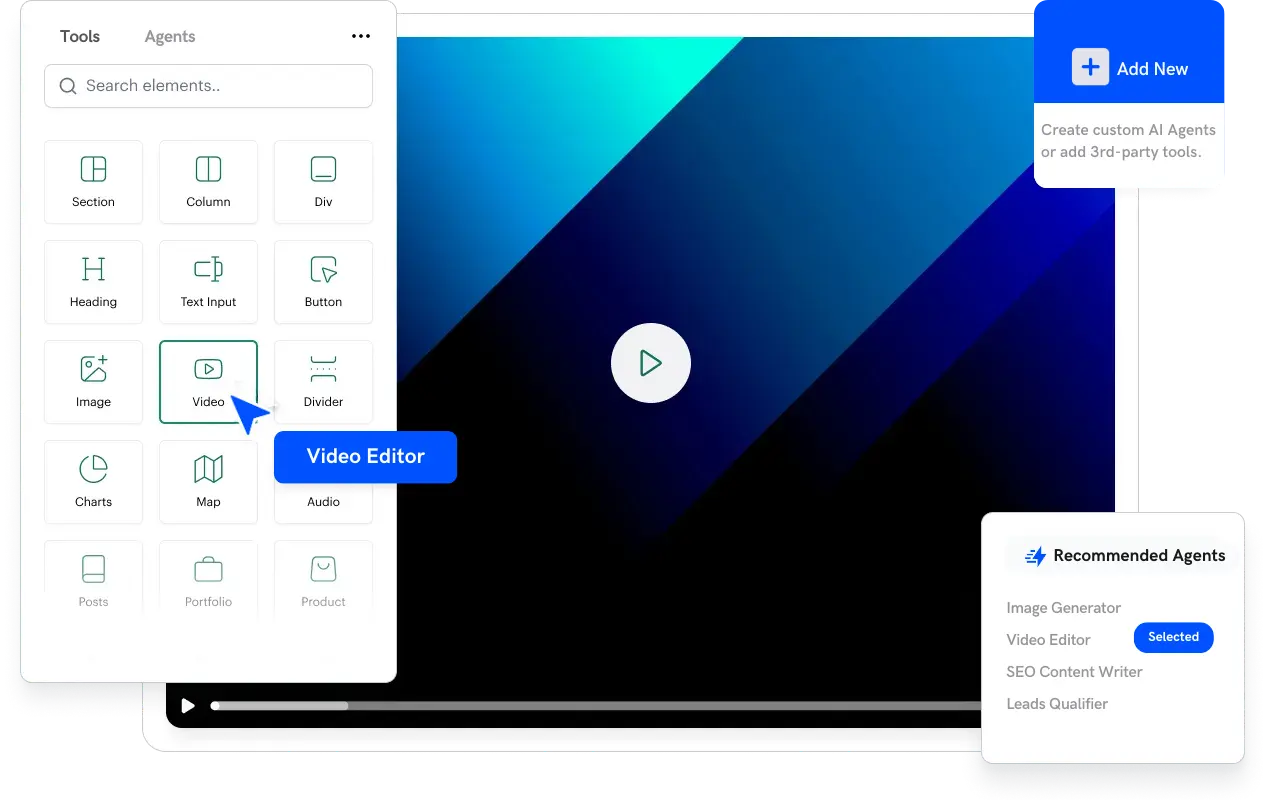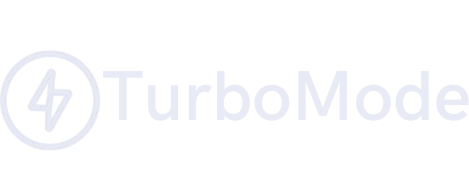Artificial Intelligence (AI) continues to revolutionize productivity in 2025, offering cutting-edge solutions that streamline workflows, enhance decision-making, and optimize efficiency. With advancements in AI-powered automation, natural language processing (NLP), and machine learning, businesses and individuals alike are leveraging AI tools to maximize their output. Whether you’re an entrepreneur, a remote worker, or a business leader, understanding how AI is shaping productivity can help you stay ahead of the curve.
In this article, we explore some of the most interesting and productive AI use cases in 2025, complete with real-world examples.
1. AI-Powered Personal Assistants
How AI Personal Assistants Enhance Productivity
AI-powered personal assistants have evolved beyond simple task reminders. In 2025, these digital assistants can:
- Automate scheduling by analyzing calendar conflicts and suggesting optimal meeting times.
- Draft and summarize emails using advanced NLP algorithms.
- Generate task lists based on project deadlines and priority levels.
- Provide real-time voice assistance with contextual awareness.
Example: TurboMode AI Assistant
Turbomode.ai, a next-gen AI productivity platform, integrates an intelligent assistant that manages daily tasks, suggests optimal work schedules, and automates email responses, helping professionals reclaim hours of productivity each week.
2. AI-Enhanced Project Management
How AI Transforms Project Management
Managing multiple projects can be overwhelming, but AI tools now:
- Predict project bottlenecks and suggest solutions.
- Automate task delegation based on team performance analytics.
- Track progress using real-time data analytics and dashboards.
- Optimize resource allocation for efficiency.
Example: Monday AI & Notion AI
Monday AI and Notion AI integrate machine learning to prioritize tasks dynamically, ensuring that project managers can focus on high-impact work rather than administrative overhead.
3. Smart AI Meeting Assistants
How AI Meeting Assistants Boost Productivity
Meetings often consume valuable time, but AI helps make them more productive by:
- Transcribing and summarizing discussions automatically.
- Identifying key action points and assigning follow-up tasks.
- Integrating with calendars to schedule follow-ups.
- Providing real-time language translation for global teams.
Example: Otter AI & Fireflies AI
Otter AI and Fireflies AI have revolutionized workplace meetings by transcribing discussions in real time, offering instant summaries, and integrating action items into task management platforms.
4. AI-Powered Code Generation and Debugging
How AI Helps Developers Work Faster
Software developers are leveraging AI tools to:
- Auto-generate code snippets based on simple prompts.
- Detect and fix bugs before they impact production.
- Optimize code for performance and efficiency.
- Provide AI-driven code suggestions in real-time.
Example: GitHub Copilot & OpenAI Codex
GitHub Copilot and OpenAI Codex help developers write and debug code faster, reducing development time by up to 50%.
5. AI in Content Creation & Copywriting
How AI Enhances Content Production
AI-driven content tools enable marketers and writers to:
- Generate high-quality blog posts and articles in seconds.
- Optimize SEO rankings by suggesting relevant keywords.
- Personalize content for target audiences.
- Automate social media post creation.
Example: Jasper AI & Copy.ai
Jasper AI and Copy.ai are leading AI writing tools that help businesses produce high-quality marketing content with minimal effort, enhancing brand engagement and reach.
6. AI-Powered Email & Communication Automation
How AI Streamlines Communication
In 2025, AI tools are automating communication by:
- Prioritizing important emails and drafting responses.
- Detecting email sentiment and suggesting tone adjustments.
- Auto-generating reports from email data.
- Summarizing lengthy email threads.
Example: Grammarly & Superhuman AI
Grammarly and Superhuman AI use advanced NLP to enhance email clarity, ensuring faster and more effective communication.
7. AI-Driven Data Analysis & Decision Making
How AI Enhances Business Intelligence
AI-powered analytics tools are essential for businesses, providing:
- Predictive analytics for market trends.
- Automated report generation from big data.
- AI-powered dashboards for actionable insights.
- Decision-making support using real-time data.
Example: Tableau AI & Microsoft Power BI
Tableau AI and Microsoft Power BI enable data-driven decision-making by providing predictive insights based on vast datasets.
8. AI-Powered Virtual Collaboration & Remote Work Support
How AI Supports Remote Work
Remote teams use AI for:
- AI-enhanced virtual brainstorming sessions.
- Automated document organization and summarization.
- AI-generated meeting notes and action plans.
- Smart notification filtering to minimize distractions.
Example: Zoom AI & Slack AI
Zoom AI and Slack AI facilitate seamless remote collaboration with automatic transcripts, smart notifications, and AI-driven workflow suggestions.
9. AI in Financial Management & Budgeting
How AI Helps with Financial Productivity
AI-powered finance tools assist users by:
- Automatically categorizing expenses.
- Detecting financial fraud and anomalies.
- Providing real-time investment insights.
- Offering AI-driven savings recommendations.
Example: Cleo AI & Mint AI
Cleo AI and Mint AI provide personalized financial coaching, helping users optimize their budgets and savings strategies.
10. AI for Health & Wellness Optimization
How AI Improves Personal Productivity Through Wellness
AI-driven wellness tools help users stay productive by:
- Analyzing sleep patterns and suggesting optimizations.
- Generating personalized workout and meditation routines.
- Tracking stress levels and offering relaxation techniques.
- Providing nutrition and hydration reminders.
Example: WHOOP AI & MyFitnessPal AI
WHOOP AI and MyFitnessPal AI enhance productivity by promoting better health habits, ensuring peak mental and physical performance.
Conclusion
AI continues to transform productivity in 2025, offering innovative solutions that save time, optimize workflows, and improve decision-making. From AI-powered personal assistants to data-driven analytics, leveraging these advanced tools can significantly enhance efficiency in both professional and personal life. As AI technology evolves, adopting the right AI-driven productivity tools will be essential to staying ahead in an increasingly competitive world.
Photo by Mohamed Nohassi on Unsplash






